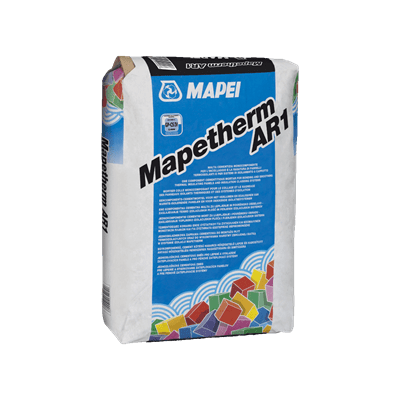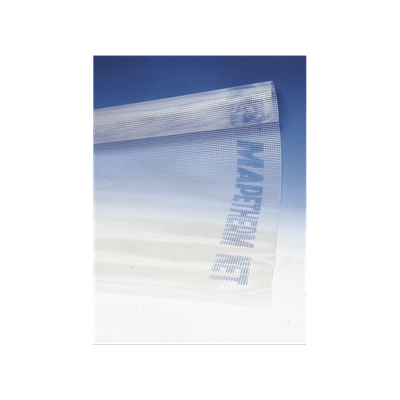
Thermal insulation and energy-efficiency
A proper thermal insulation system reduces energy consumption and costs.
A proper thermal insulation system reduces energy consumption and costs. Questions and answers for our Technical Services Department.
Why does external thermal insulation help improve the energy efficiency of a building?
Because it lowers electricity and gas consumption, the production of carbon dioxide (CO2) and reduces the amount we spend on energy quite considerably. And how does it do this? External thermal insulation (the Mapei Mapetherm System, for example) is made up of insulating panels, a bonding system to install the panels, a reinforced skim-coat and a protective, decorative finish. During the winter months, heating systems raise the temperature in our homes until they reach the level we are comfortable with. Once that temperature has been reached, the heating system stops producing more heat. From that moment on, our homes start to lose the heat they have accumulated because heat tends to move towards cold areas and tries to create a thermal balance with the outside of the building. If the temperature drops, the heating system starts running again and produce new heat, so more energy consumption. Having an external thermal insulation system reduces the amount of heat that is dispersed by moving from the inside of our homes towards the outside. It manages to keep the inside of our homes warmer and more comfortable for much longer. This means the heating system will be running for less time, thereby lowering consumption rates, overall running costs, and, last but not least, the impact on the environment.
An European Union Directive, 2002/91/EC, focuses on the energy efficency of buildings and shows the way the EU member states should go. The European Union also issued the "ETAG 004 guidelines for European technical approval of external thermal insulation composite systems with rendering", setting the basic requirements all the products for thermal insulation should comply with.
Does external thermal insulation also work in the summer?
Yes. In the summer it keeps our homes cool. The amount of energy required to lower the temperature, even by just a few degrees, is much higher in this case! External thermal insulation slows down the rate at which heat from the outside enters into our homes and keeps rooms cool for longer, which again means lower consumption rates and overall running costs.
Does external thermal insulation prevent walls from “breathing”?
No. The water vapour produced inside a room escapes through the windows and the gaps in window fittings. Less than 3% of vapour escape through walls.
Does thermal insulation impede the formation of mould?
Mould is able to survive in three conditions: moisture, low temperatures and a source of nutrients. When warm air inside our homes meets a cold wall, it condensates and vapour turns into water, which is then deposited on the surface of the wall. The “nutrients” are normally supplied by organic materials on the surface of the wall, including low quality paints. Well-aired or ventilated surroundings limit the amount of vapour condensation on walls (which turns into water) quite considerably. Having an external thermal insulation system helps maintain the surface temperature of internal walls several degrees higher than the outside temperature, which helps reduce condensation phenomenon. The solution to the problem of mould is more in the use of well-designed construction features than the use of products.











